Kate Tice, SpaceX’s quality systems manager, couldn’t contain her excitement: “This is a historic day for the technology industry. It’s unbelievable!”.
On October 13, SpaceX made important history in space technology when it conducted the fifth test flight of its giant Starship rocket, opening the door to ambitious space missions in the future.

Notably, this flight not only successfully returned the Super Heavy booster to the launch pad, but also affirmed SpaceX’s vision of complete reusability.
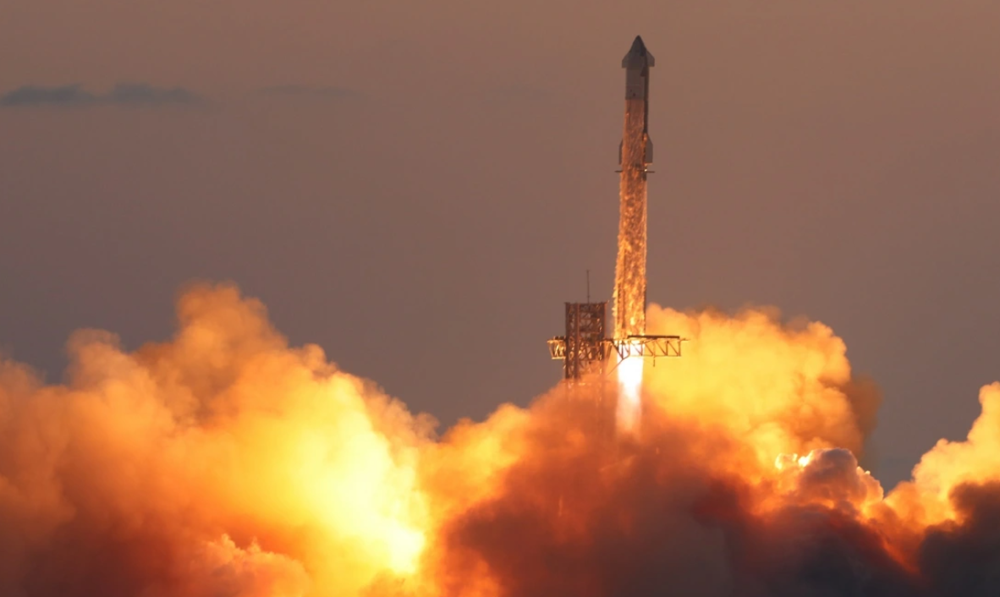
SpaceX’s fifth test flight of its next-generation Starship rocket
The test flight began at 7:25 a.m. ET from Starbase, Texas. The 400-foot-tall Starship rocket, which includes the 230-foot-tall Super Heavy first stage, blasted off with a powerful 74.3 meganewtons of thrust, twice that of the Saturn V rocket used in the Apollo missions.
After reaching maximum altitude, Starship fired its own engines to continue flying, while Super Heavy landed safely thanks to a series of brake burn engines.
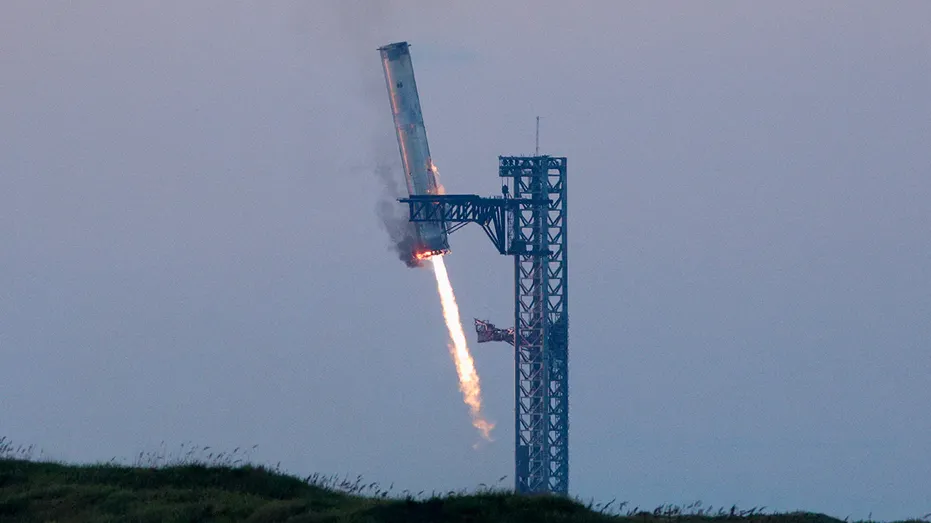
Notably, for the first time, SpaceX used the Mechazilla launch tower’s robotic arm to “capture” the Super Heavy booster right on the launch pad, just 7 minutes after launch.
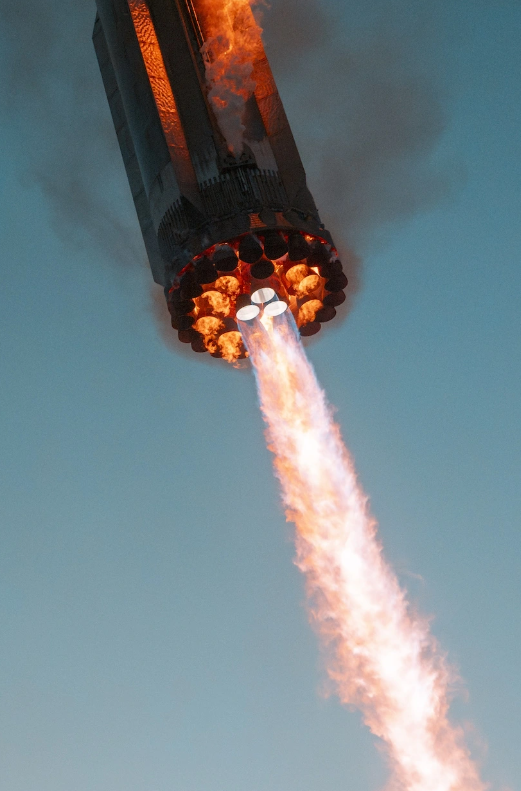
Three of the Super Heavy’s 33 Raptor engines slow down during landing.
Kate Tice, SpaceX’s quality systems manager, couldn’t contain her excitement: “This is a historic day for the technology industry. It’s unbelievable!”.
Specifically, after separating at an altitude of 65km, the Super Heavy booster fired three Raptor engines to slow down and head towards the launch pad. The SpaceX team watched the test with excitement and was overwhelmed when they saw the booster land correctly. This is a big step towards the goal of developing fully reusable rockets, serving missions to send people and supplies to the Moon and Mars.
The remainder of the Starship rocket continued its journey around the Earth, reaching an altitude of 145km and a speed of 27,358 km/h before landing in the Indian Ocean.
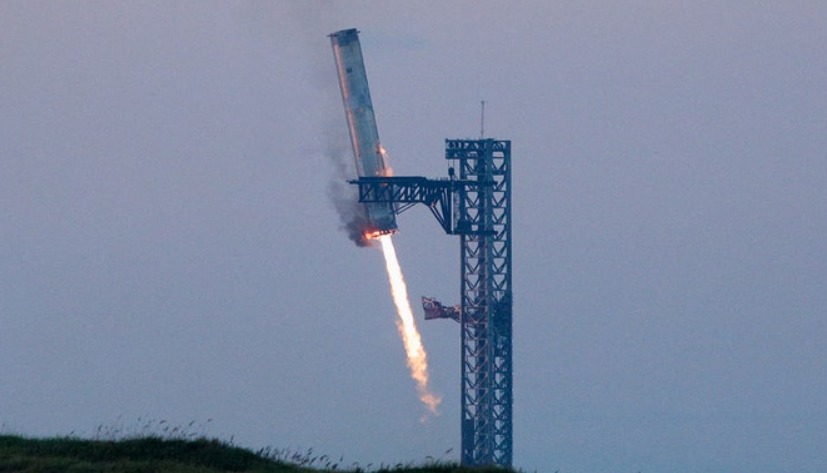
Starship’s fifth test flight was successful.
Thanks to an improved thermal protection system with 18,000 heat shields, Starship made an impressive landing, keeping its hull intact, something it failed to achieve during its previous test flight in June.
SpaceX has invested a lot of time and effort into perfecting Starship, with thousands of hours spent improving its thermal protection system and optimizing landing capabilities.
Starship is more than just a rocket; it’s designed to power massive future missions, capable of delivering payloads of up to 100 tons to the Moon and Mars. NASA has selected Starship for its Artemis program, which promises to return astronauts to the Moon by 2026.
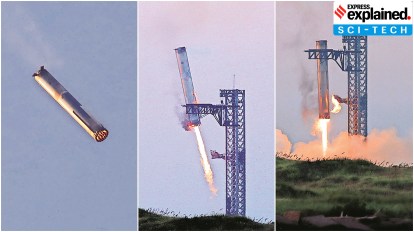
NASA Administrator Bill Nelson praised SpaceX, noting that the success will help prepare for bold future missions, including exploring uncharted areas of the Moon and traveling to Mars.
Starship’s fifth test flight not only confirms SpaceX’s progress in space technology, but also opens a new era for exploration and settlement on other planets.
With consecutive successes, SpaceX is gradually realizing the dream of bringing humans out of Earth, opening up extremely promising prospects for the future of humanity in space.






